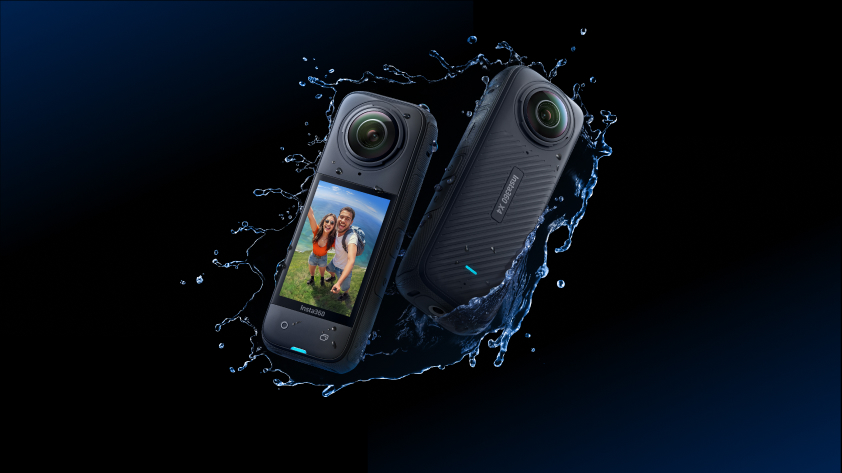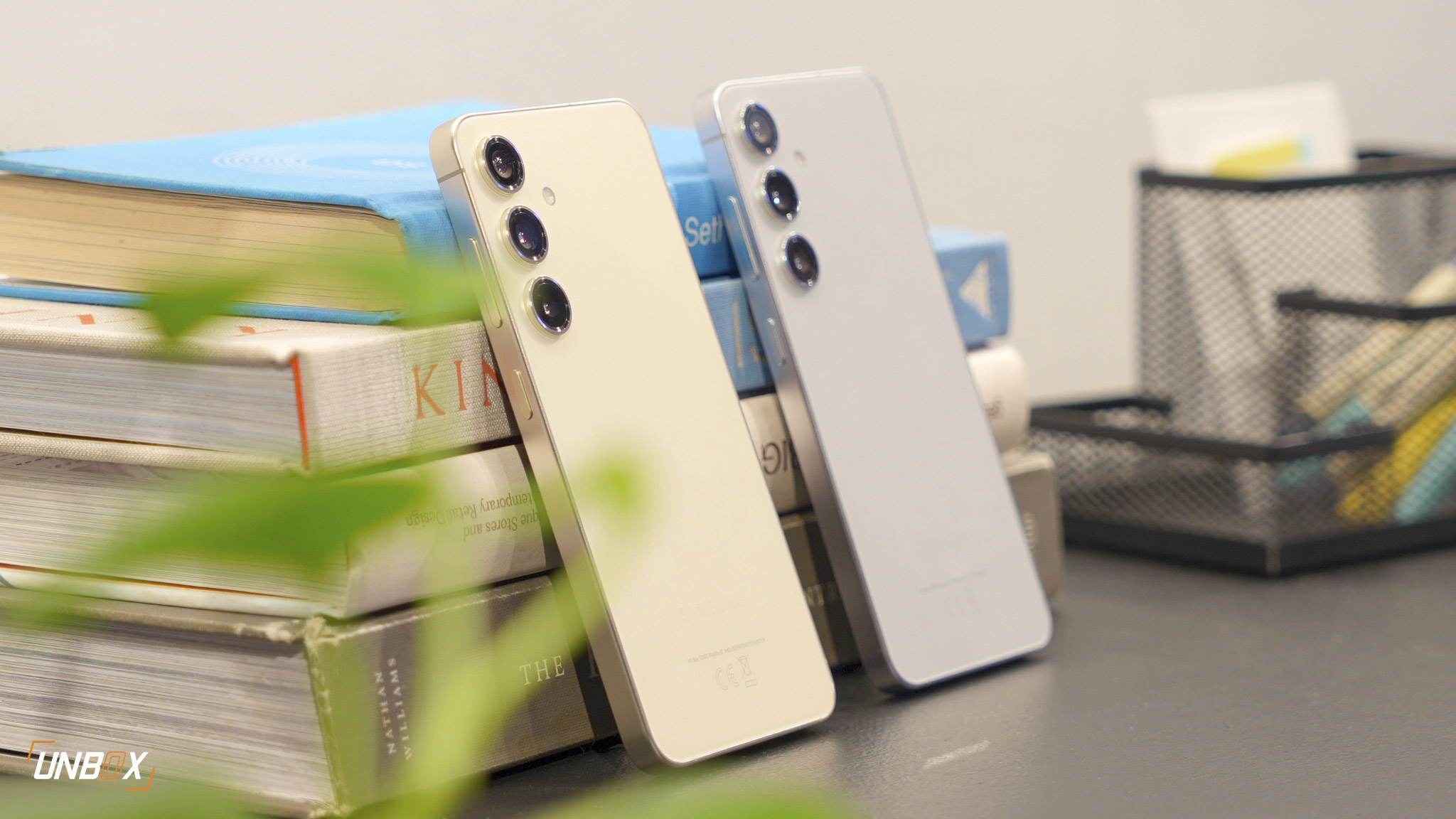We review Xiaomi’s Redmi Note 2!
When Xiaomi entered the international scene a few years ago, the company made a name for itself for offering high-spec products at almost unbelievable prices. This endeared the new company to legions of Android fans looking for awesome bang-for-the-buck devices for not much money though the past few months have been tough for the company. Unfortunately for them, their rivals (both local and international) have learned to play the bang-for-the-buck game, and Xiaomi hasn’t had an effective answer as of yet.
Well, they may just have found it in the Redmi Note 2. Offered in basic and prime variations (both we’ll review today), the Redmi Note 2 signals a return to MediaTek and their brand new Helio X10 octa-core processor. If first-day sales figures are to be believed (Xiaomi reportedly sold 800,000 units of the Redmi Note 2 when it first went on sale) it looks like Xiaomi has a winner in the new devices.
Both devices are imported units bought from China.
Xiaomi Redmi Note 2/ Note 2 Prime specs
- MediaTek octa-core MT6795 Helio X10 processor, 2.0GHz (Redmi Note 2)/2.2GHz (Redmi Note 2 Prime)
- 2GB of RAM
- 5.5-inch full HD display, 1920 x 1080 resolution
- 16GB of storage (Redmi Note 2)/32GB of storage (Redmi Note 2 Prime), expandable via microSD
- 13-megapixel rear camera with LED flash, phase detection AF
- 5-megapixel front camera
- Dual-SIM
- 3G, LTE
- WiFi, Bluetooth, GPS, A-GPS, IR
- Android 5.1 Lollipop, MIUI 7
- 3060mAh battery
Simple design that belies the beast inside
The Redmi Note 2 sports the same, low-key design that Xiaomi’s Redmi series has sported since it debuted many moons ago. It actually resembles Xiaomi’s Mi 4i a little bit, down to the texture of the back of the device. The phone sports a matte finish for the removable back cover, along with the same anti-grease coating that graces the Mi 4i’s back. Unfortunately while the Redmi Note 2 does sport that anti-grease cover, dirt manages to somehow stick to the back of our white example rather easily. Speaker grille placement is a big annoyance – it’s still at the back – and you’ll struggle to hear your phone when it’s laying flat on the table, screen up.
The layout of the phone is pretty typical, with the 3.5mm audio jack on the top together with the IR blaster. The USB port is on the bottom (and has OTG capability) with the power and volume keys on the right. The dual sim cards are both LTE compatible for both networks. Surprisingly enough, the Redmi Note 2 doesn’t shun storage expansion (unlike Xiaomi’s other offerings) and has a microSD slot for additional storage.

The Redmi Note 2 sports a 5.5 inch, full HD IPS display that translates to around 401 ppi. While colors were vibrant and crisp, there was a slight yellow tinge to the images that we viewed on the Redmi Note 2 compared to the Mi 4i, though it’s not that prominent. The Redmi Note 2 uses capacitive Android keys for navigation, with the 5-megapixel front-facing camera on the upper left side.
Android Lollipop on MIUI v6
The Redmi Note 2 Basic and Prime both still are running on the MIUI v6, both units will receive the necessary updates to go up to MIUI v7 pretty soon. MIUI updates its OS weekly to give users the best experience that they deserve.

The beast that is the Helio X10
Xiaomi’s last MediaTek powered device was the Redmi Note, and since then the company had been collaborating with Qualcomm for their processor needs. For the Redmi Note 2, they’ve turned to MediaTek, who in turn provided them with their latest SoC – the octa-core Helio X10. It’s the company’s fastest and best processor to date, and just obliterates all the other offerings in its price range. The Helio X10 processor comes in both versions of the Redmi Note 2, though there’s a slight difference in the clock speed because of the variants – the Redmi Note 2 Basic runs the MT6795 which is clocked at 2.0GHz, while the Redmi Note 2 Prime runs the MT6795T which is clocked at 2.2GHz.


How does the Helio X10 perform? Like a beast. Navigation and multi-tasking is quick and seamless, and apps ran quickly and efficiently – even NBA2K15 managed to run without a hitch. Even though the phone uses a new SoC, it did not exhibit heat issues unlike the Mi 4i. Using a laser thermometer for testing, we recorded a 29.5 Celsius for standby mode, 34.5 Celsius for normal usage like calls, text and browsing the web.On full load, the Redmi Note 2 reached up to 39 Celsius when we played NBA2K15.
In AnTuTu, the Redmi Note 2 Basic and Prime received 46,867 and 50,089 points, respectively.


Acceptable camera performance, but could be better
The 13-megapixel camera of the Redmin Note 2 managed to take okay shots, though it was highly dependent on the amount of light available.
We also noticed that the Redmi Note 2 Basic took slightly brighter photos than the Prime, which is a little weird, considering that they’re supposed to be equipped with the same camera. Photos suffered a bit under dim light.
Okay battery endurance
The unit recorded a 54-hour standby with minimal calls, text and surf via wi-fi connectivity. As we put it to a more normal usage, calls, text, mobile data, wi-fi and voip, the phone lasted for 22.5 hours after withstanding all those tasks done within the day.
A beastly phablet that puts Xiaomi back on the right track, but local release is still unknown
Xiaomi has finally found a device that has the potential to disrupt the market once again. Their return MediaTek’s arms has been a long time coming, and has signalled a new start for the company. While we had better expectations for the camera performance of the device, the overaell package is pretty stellar considering the Redmi Note 2 is priced at RMB 899 (Php 6650) for the Basic and RMB 999 (Php 7390) for the Prime.
The biggest question now is when the phone will arrive in the Philippines. Xiaomi promised that the Redmi Note would arrive in our part of the world when they first entered the PH – a promise that they’ve never fulfilled. Regardless of version though, the Redmi Note 2 is still a phone that’s hard to beat in terms of value (if you can get it) and would give the current crop of bang-for-the-buck phones a decent run for their money.













